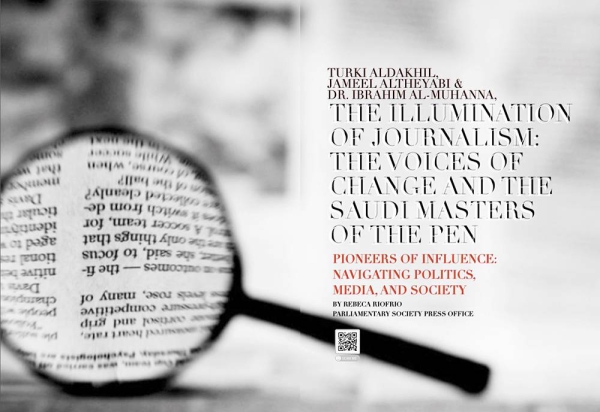
he government’s furlough scheme – known formally as the coronavirus job retention scheme – has been an undoubted success. It has kept unemployment down despite a deep contraction of around a quarter in what the economy produces. It has directly helped protect 9.5m jobs and been a lifeline for those employees who would otherwise have suffered a loss of income and worried about their future.
The furlough scheme has not been cheap and has contributed to the dramatic rise in government borrowing. But it has undoubtedly saved the economy from far greater damage. Which makes it so frustrating that the chancellor plans to close it in October, long before most people believe the effect of the pandemic will be over.
The number furloughed will fall over the next few months as the economy starts to return to normal in many sectors. Employers are already recalling workers: according to an ONS survey, the proportion of employees on furlough fell from 32% at its peak to 18% in the first half of July. We estimate that between 5 and 6 million people are still on furlough leave. Between 1 and 1.5 million people are likely to be made unemployed when the furlough scheme ends in October, according to our modelling.
Unemployment can obviously be devastating on a personal level but it also has lasting economic consequences. Those who are out of work may become “disengaged” from the labour market. They may lose skills they had in work and fail to gain new ones. Relationships between employers and employees that have been built up, in some cases over decades, may be lost and never replaced, with adverse consequences for the economy as a whole.
That doesn’t mean the government should pay people to stay off work indefinitely – but it does mean looking at what can be done to preserve viable jobs until the pandemic is over.
Of course, keeping the furlough scheme going comes at a cost, but it also has benefits. After all, that is why the government introduced it in the first place. So what would happen if the government extended the scheme until the middle of next year, when a vaccine may be available? The direct cost would be the cost to the government of paying the wages of those who remained furloughed. But this would be offset by the income tax and national insurance contributions paid on the wages of those remaining on furlough – and savings on unemployment benefits that would not need to be paid. That would mean that the net cost of extending the furlough scheme would be around £10bn.
Not only would unemployment be lower next year – around 2 million instead of more than 3 million – we estimate it would remain lower at least until 2024, benefiting the private sector throughout the recovery as people have more money and more confidence about their futures. This would help economic growth and, according to our estimates, actually leave public sector debt slightly lower as a share of GDP than if the scheme were to be closed in October.
Without an extension, unemployment is likely to near 10%. For some parts of the UK, especially in the south and east of England, jobless numbers could be higher than they were during the global financial crisis, or the early-1990s recession.
Rishi Sunak has said that the furlough scheme should be a “bridge” through the pandemic. By withdrawing furlough support prematurely, he risks building a bridge that does not reach the other side. Finishing the job would cost little and benefit all of us.
• Garry Young is deputy director of the National Institute for Economic and Social Research












